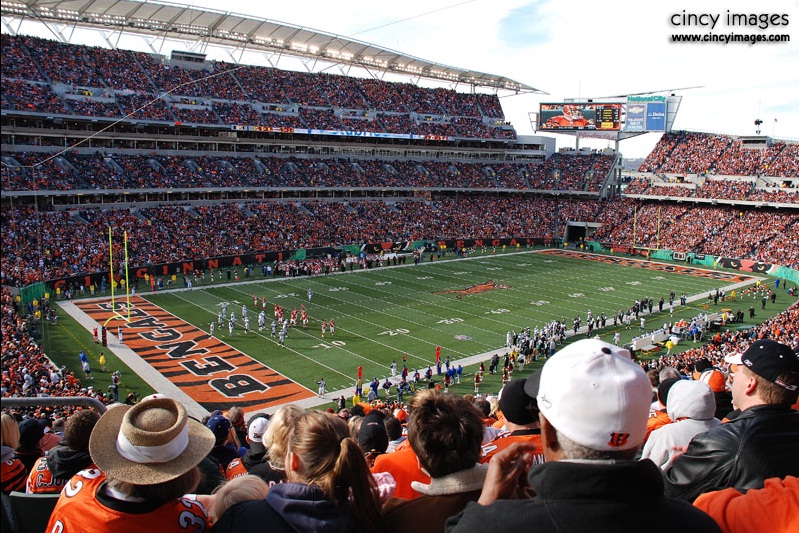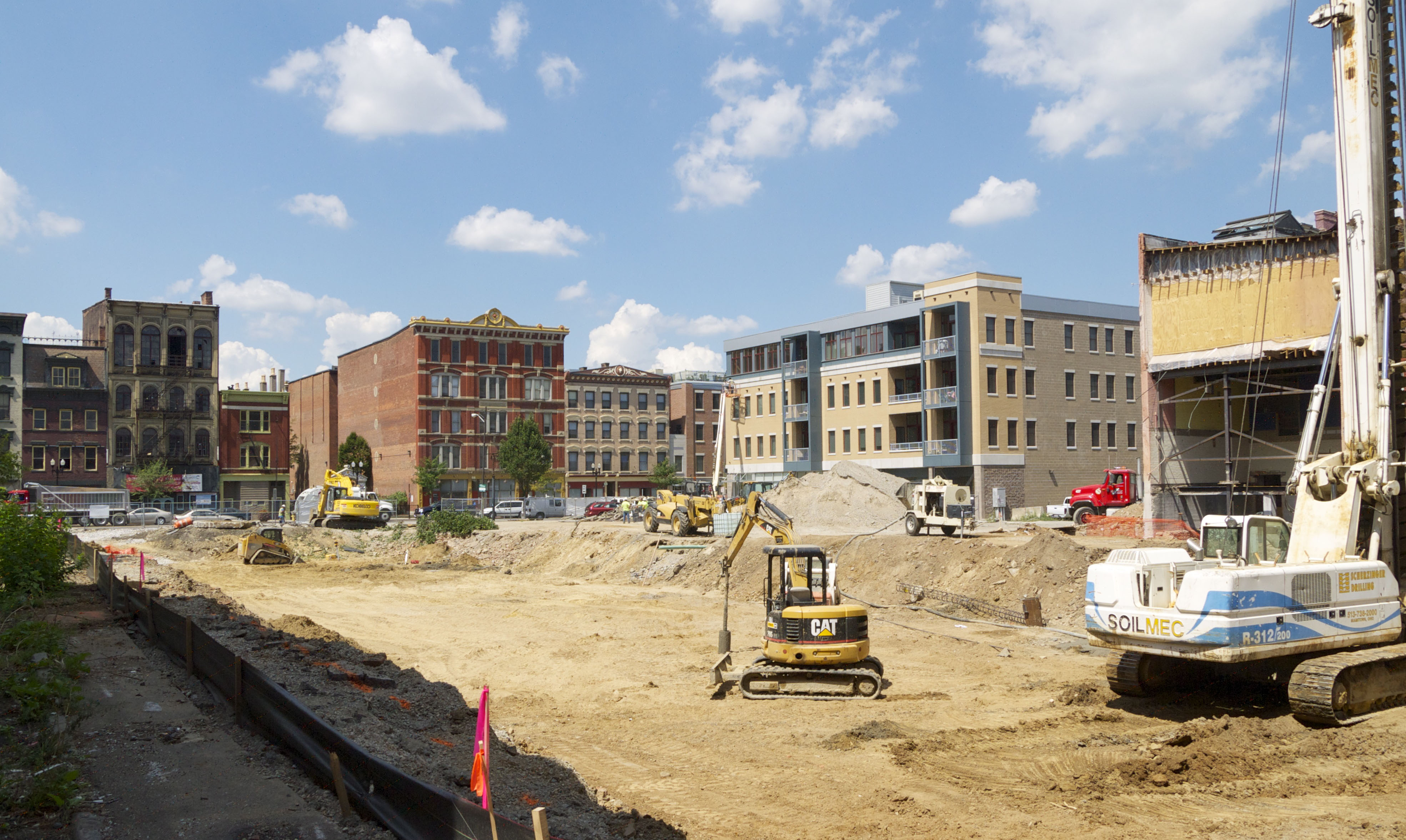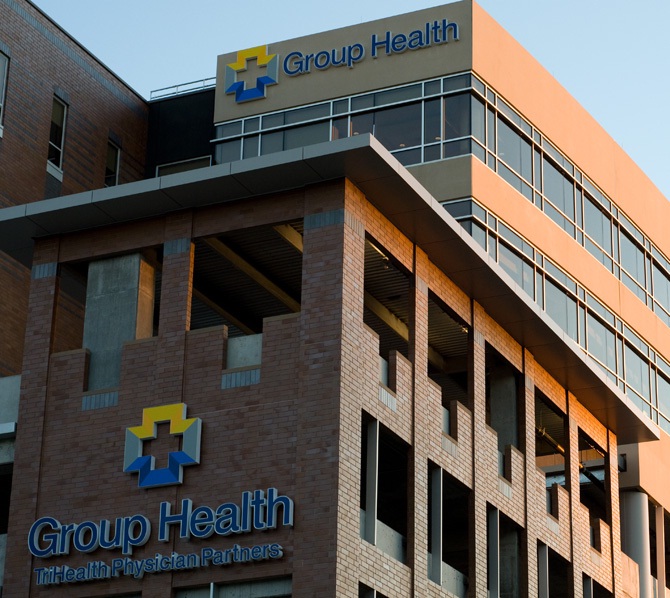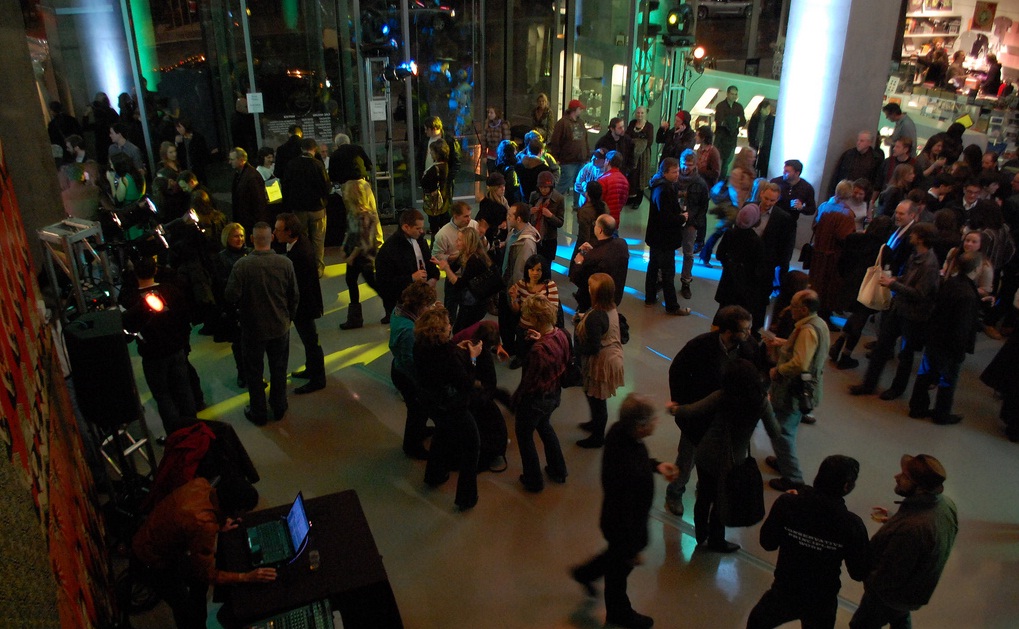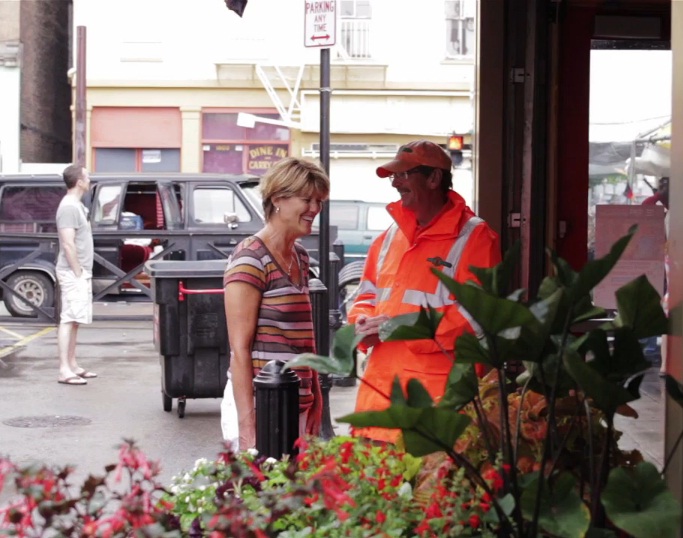Art Modell’s two most notorious business decisions – the 1963 firing of Paul Brown and the 1996 move of the Browns to Baltimore – each had profound unintended effects in Cincinnati. Upon Modell’s recent passing on September 6, Cincinnati media noted that Brown’s ouster led directly to his 1968 founding of the Bengals, but the story is much more complex.
In 1961 Modell bought Paul Brown’s minority share of the Cleveland Browns for $500,000, and was then contractually obligated to pay his head coach’s salary for several years after his firing. It was with this money that Brown and investor Austin Knowlton established the Bengals and resolved to beat the Browns on the field and Modell in the business of owning an NFL franchise.
But the greater issue missed by the local media was Mike Brown’s 1996 negotiation of a stadium lease that, in two ways, assures the Bengals franchise he inherited from his legendary father will avoid a similar fate to Modell’s Browns and Ravens.
First, Brown will never be burdened with unpredictable stadium maintenance costs or the loss of a tenant. Second, the terms of the Paul Brown Stadium lease are so favorable that in late 2011 the Brown family paid approximately $200 million in cash to buy out minority owner Austin Knowlton. With no significant minority owners remaining, the Brown family is invulnerable to the sort of hostile takeover that brought down Art Modell — twice.
“The Move”
On December 17, 1995, just weeks after Modell announced his decision to move the Browns to Baltimore, footage of Browns fans tearing apart Cleveland’s Municipal Stadium was broadcast nationwide:
Scenes of Browns fans tearing apart Municipal Stadium were shown across the United States in 1995.
The groundwork for this mob scene was laid decades earlier, when Modell negotiated control of Cleveland Municipal Stadium from the City of Cleveland during its infamous financial crisis. The terms of the deal gave Modell all revenues – including luxury box revenue – from the city-owned stadium in exchange for upkeep and nominal annual rent. For 20 years Modell was able to maintain the 1930s-era stadium in part with luxury box revenue collected from the Indians (this lack of revenue for the Indians helped make them perennial AL East basement dwellers).
Folklore surrounding The Move speculates that Art Modell failed to anticipate that luxury box owners would abandon the Browns entirely after the Indians moved to Jacobs Field in 1994. But more astute observers assert that Cleveland’s business community used The Gateway Project – which built Gund Arena for the Cavs and Jacobs Field for the Indians but made no provision for Modell’s Browns – as a way to strip Modell of his Indians luxury box revenue and send his finances into a tailspin.
Mike Trivassono, sports host for Cleveland’s WTAM, asserts that this trap was sprung in order to transfer ownership of the Browns from majority owner Art Modell to minority owner Al Lerner. In 1999 the NFL sold the new Cleveland Browns franchise to Lerner for $500 million, and in 2012 Lerner’s son sold the team to Jimmy Haslam III for $1 billion.
The Move’s Effect in Cincinnati
After Paul Brown died in 1991, his son Mike assumed control of the team. The younger Brown, a graduate of Harvard Law School, maneuvered to put the Bengals well ahead of the Reds in negotiations with Hamilton County for a new stadium and lease – he would not be cornered by Cincinnati’s other professional sports franchise in the way Modell allowed himself to be compromised by Cleveland’s Gateway Project.
Brown knew from his experience sharing county-owned Riverfront Stadium with the Reds, and Modell’s loss of the Indians, that the NFL’s financial structure cannot work in multi-purpose stadiums. He also knew that terms that removed Bengals ownership from any responsibility in maintaining or upgrading their future stadium were essential to eliminating unknowns from later years of the lease.
It is important to recognize that the lease is structured so that the Brown Family – Mike Brown will be in his 90s if he lives to negotiate a new lease –will enter negotiations in the mid-2020’s in a position of financial strength, rather than Modell’s state of desperation.
Political and Cultural Fallout
In the 12 years since the first game was played at Paul Brown Stadium, Hamilton County’s financial obligations to the Bengals have remained a current event. The media and serving Hamilton County Commissioners are correct in placing some blame on the Commissioners who structured the stadium fund around an expected 3% annual increase in tax receipts. The source of the ongoing stadium controversy, however, is largely the creation of Hamilton County’s current commissioners who continue to play politics with the residential property tax rollback enacted in 1996.

The deal cut to fund the construction of Paul Brown Stadium has plagued Hamilton County since its passage. Photograph by Jayson Gomes.
By refusing to budge (except in 2010) on the inconsequential amount of money the rollback saves county homeowners, they are able keep the county in a perpetual state of crisis. They have then used this artificial crisis to justify shady activities, such as the recent sale of Drake Hospital.
The Long-Term Future of Paul Brown Stadium
Part of the 1990s effort to fund construction of two new stadiums in Cincinnati involved smearing Riverfront Stadium. A stadium celebrated as “The Jungle” during the 1988 Superbowl year was suddenly derided as “sterile”. Images of exposed parking garage rebar convinced the public that the stadium was too costly to repair. And other cities –notably Cleveland and Pittsburgh – had already started on new stadiums.
Save an unforeseeable change in the NFL’s revenue sharing arrangement, upon the expiration of the Bengals lease in 2026, Paul Brown Stadium should still be a profitable home for the Bengals or another NFL franchise. This means the motivation for a new football stadium will not come from the Brown family or the ownership of a replacement NFL franchise, but rather Hamilton County, should it determine that renovation and ongoing maintenance costs will approach the cost of debt service on a new stadium.
Lost in the never-ending stadium conversation in Cincinnati was the news that even after the epic drama and financial promise of The Move, Art Modell was forced to sell his majority ownership of the Baltimore Ravens in 2004 to a minority owner. As a result, just 1% of Ravens ownership will be passed onto his heirs.
In 2026 memories of Art Modell and The Move will have faded in Northeastern Ohio and his heirs might have completely exited Ravens ownership. But the grandchildren of the man Modell fired back in 1963 will still be in the football business, in complete command of a franchise worth well over $1 billion, and in negotiations for a new lease with Hamilton County or the ownership of a stadium elsewhere in the country.
Paul Brown and his son Mike without a doubt beat Art Modell in the business of running a professional football team. With the recent elimination of minority owners and the financial future of the Cincinnati Bengals rock solid, let’s pray Mike Brown turns his complete attention to events on the field.
